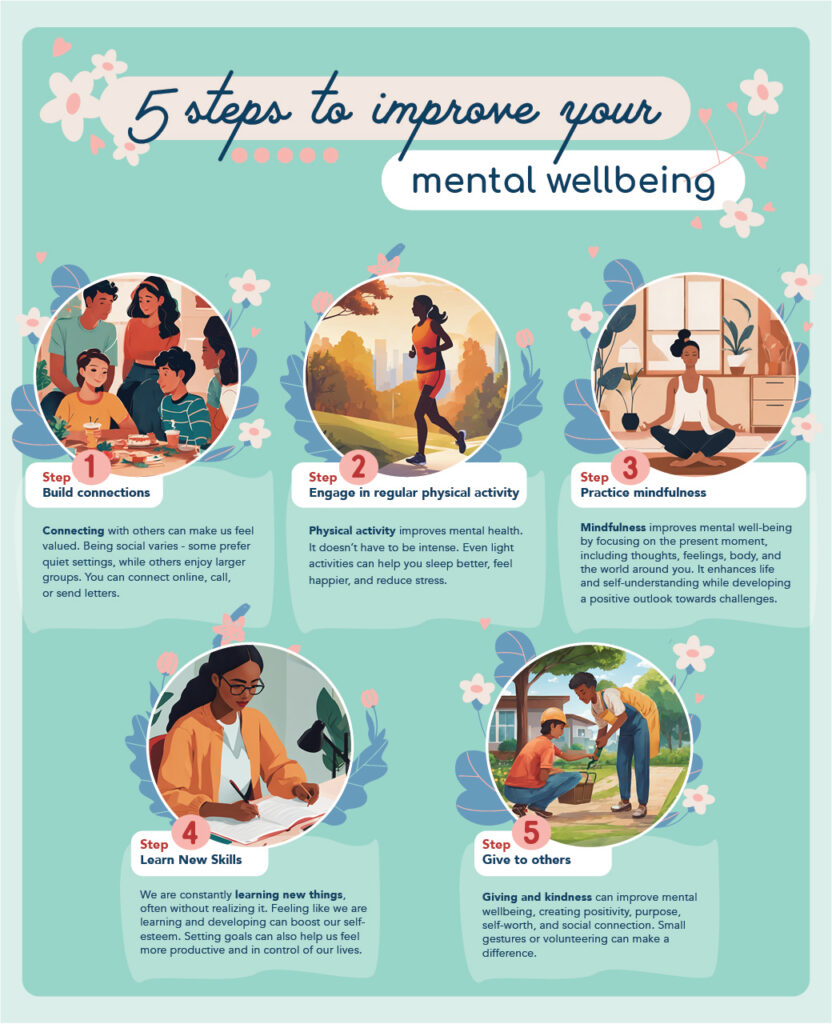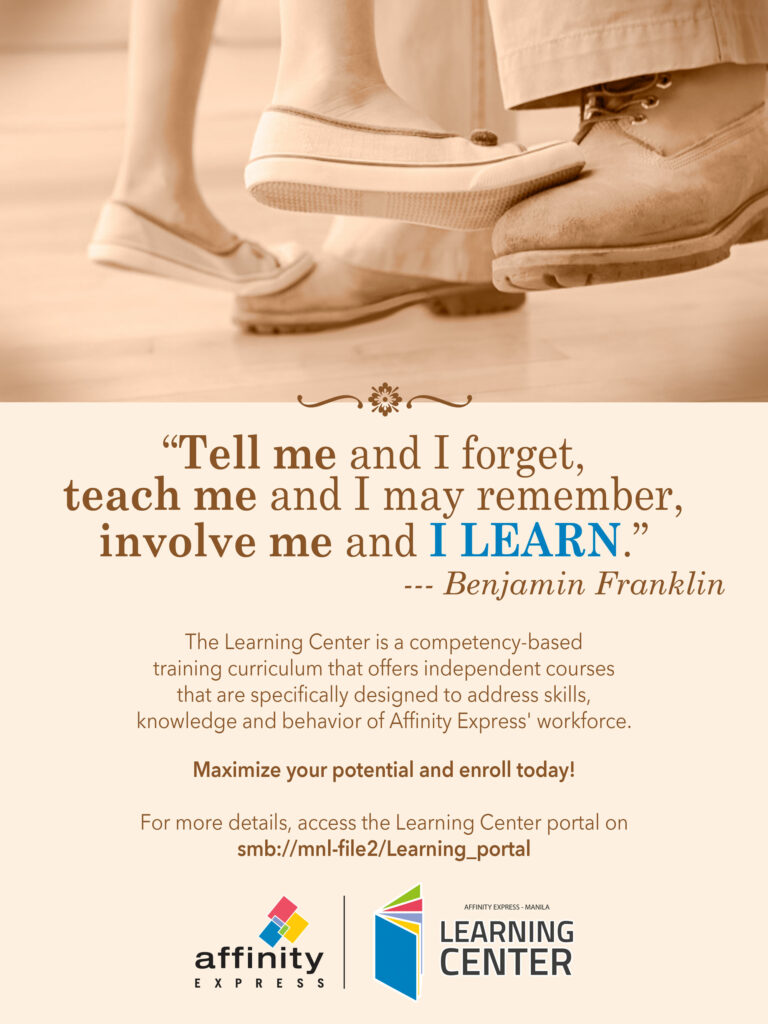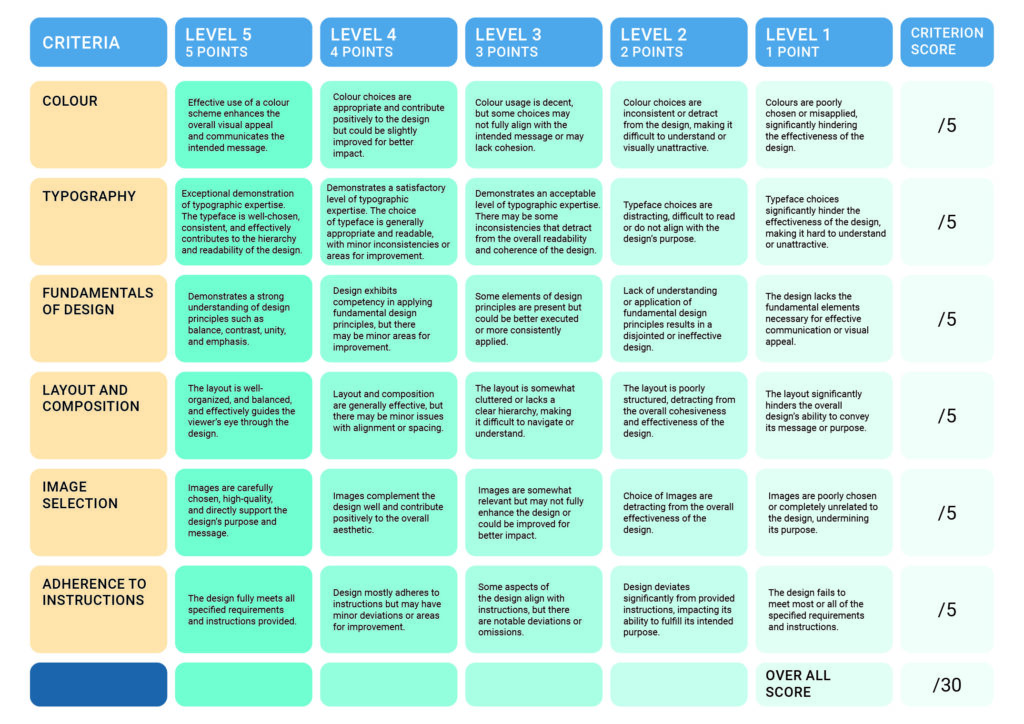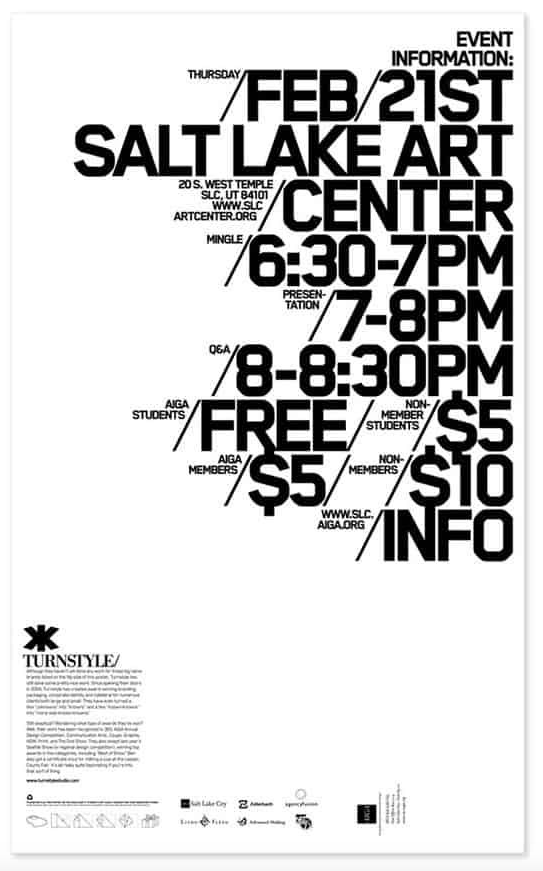Learning assessment
Logo design
In this activity, students will apply their understanding of color theory, psychology, and typography to logo design. The logo is for a sports team, they have the option to choose the sport and the name of the team. They can create their logo using a design software or through illustration.
Remind them that designers are sometimes tempted to embellish logos with excessive details or effects such as bevels, embossing, and gradients. While these additions may create visually appealing results up close, they can pose scalability challenges and hinder reproduction across various marketing materials. Logos must remain versatile and easily translatable to diverse mediums, including embroidery on clothing, pins, and business cards. Therefore, simplicity is important in logo design, ensuring clarity, adaptability, and effectiveness across different applications.
Logo design for the JZA Cup. This sporting event (badminton, golf, Volleyball and bowling tournaments) is held annually between employees of the different companies under the Ayala Corporation. The colours representing the 6 major companies under the Ayala group is incorporated in the symbols representing each sport. I used a crest with laurel leaves to connote the history and prestige of this event.
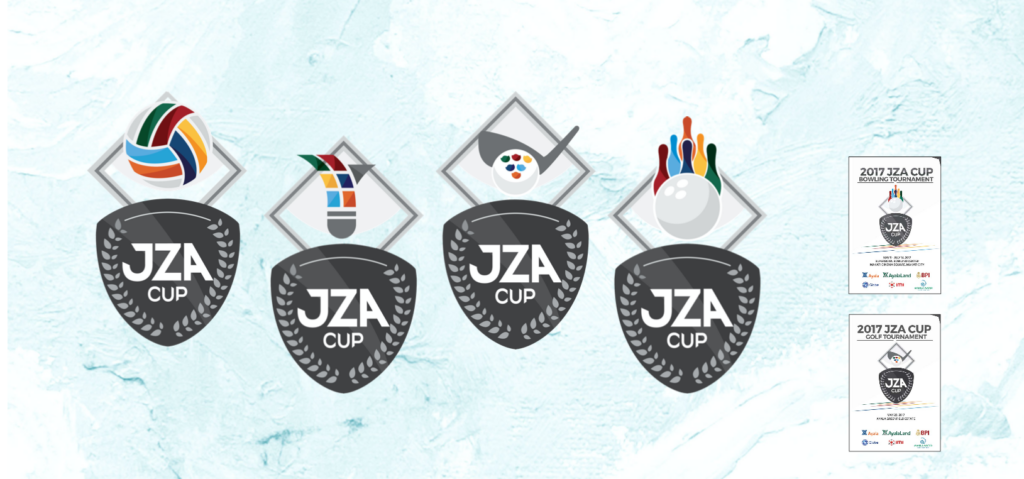
(1) Organize a presentation session where students showcase their logo design to their peers. Encourage constructive feedback and discussion, focusing on the strengths and weaknesses of each design. Emphasize the importance of clear communication and the ability to effectively present design decisions to others during the critique session.
(2) Conclude the project with a reflection component where students document their design process and rationale behind their decisions. Encourage them to reflect on what they’ve learned throughout the project and how it has informed their approach to logo design.
Helpful reads –
- What is a logo?
2. The 7 types of logos

